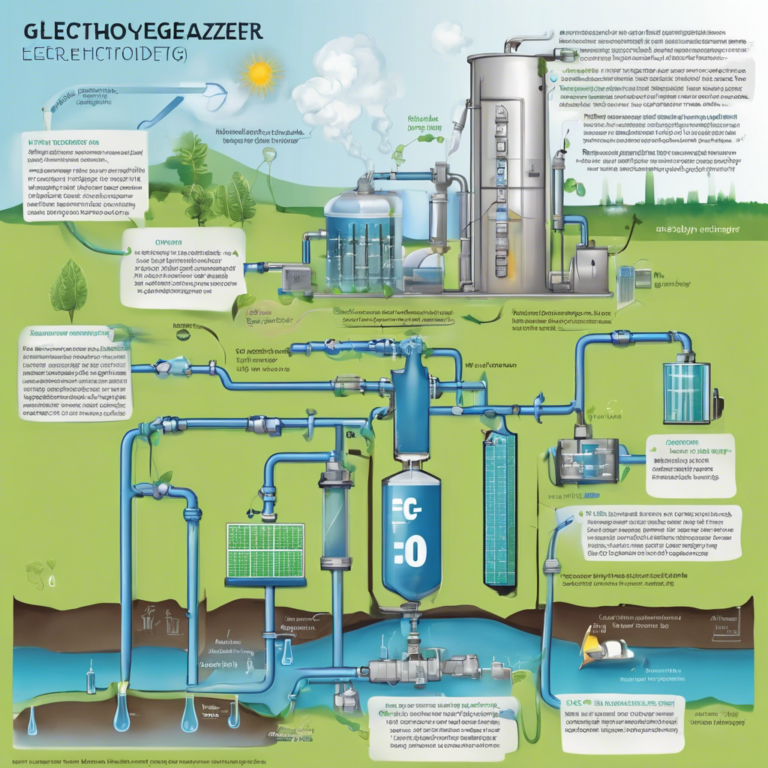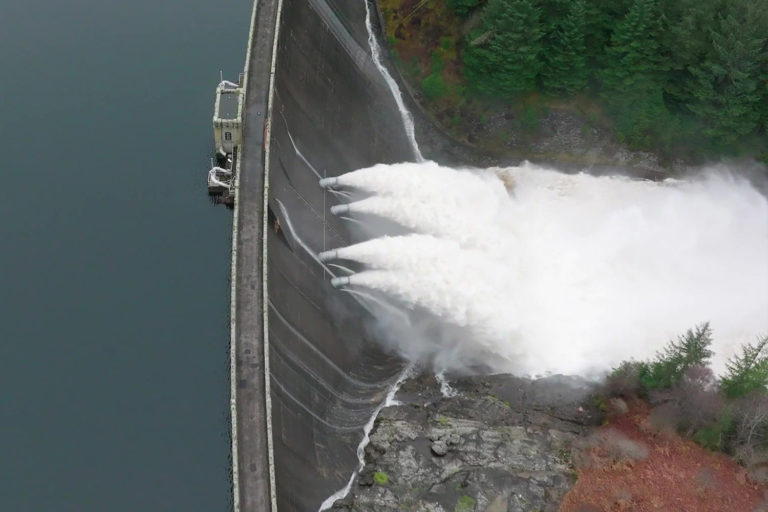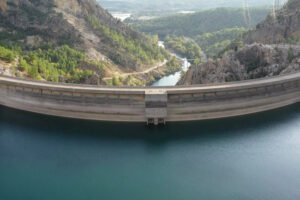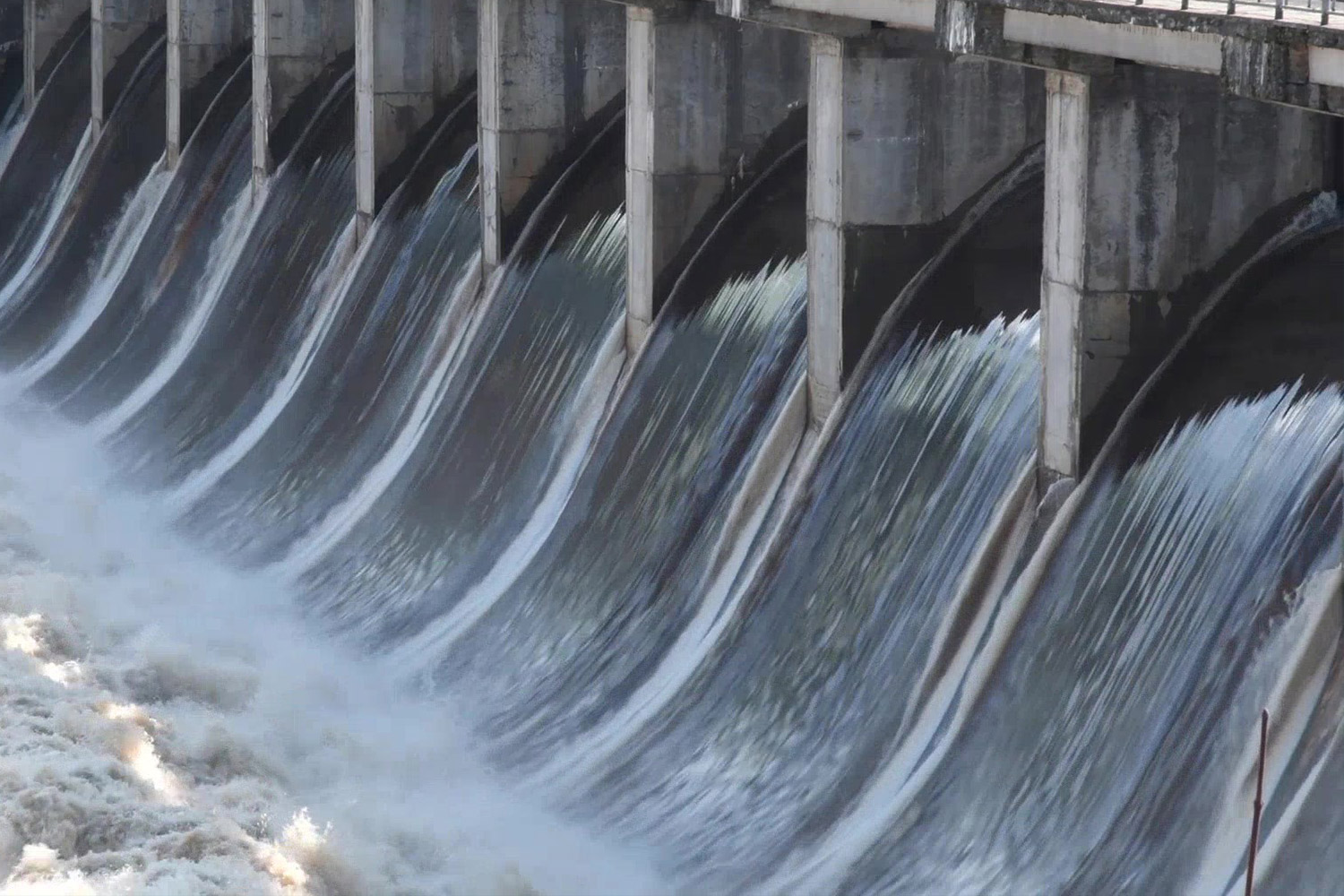In an era where environmental sustainability and technological advancement go hand in hand, the dredging sector is witnessing a transformative shift. Geodyn Solutions, a leader in innovative environmental and engineering practices, is at the forefront of this change, introducing cutting-edge dredging technologies that promise to redefine our approach to maintaining and enhancing waterways. This blog post explores these pioneering technologies, comparing them with traditional methods, and highlighting their potential to revolutionize the industry.
The Traditional Dredging Dilemma
Historically, dredging has been essential for maintaining waterway navigability, preventing flooding, and supporting construction activities. However, conventional dredging methods often come with significant environmental drawbacks, including habitat disruption, water pollution, and high carbon emissions. The challenge has been to find a balance between these necessary infrastructural activities and the imperative to protect our planet.
Geodyn Solutions: Pioneering Sustainable Dredging
Geodyn Solutions is tackling this challenge head-on, leveraging technology to minimize environmental impact while enhancing efficiency. Their approach incorporates a suite of innovative solutions, each designed to address specific issues associated with traditional dredging practices.
1. Electric and Hybrid Dredgers (#ElectricDredgers, #HybridDredging)
One of the most significant advancements is the development and deployment of electric and hybrid dredgers. These vessels drastically reduce carbon emissions and noise pollution compared to their diesel-powered counterparts. By utilizing renewable energy sources and cutting-edge battery technologies, these dredgers offer a cleaner, more sustainable alternative for waterway maintenance.
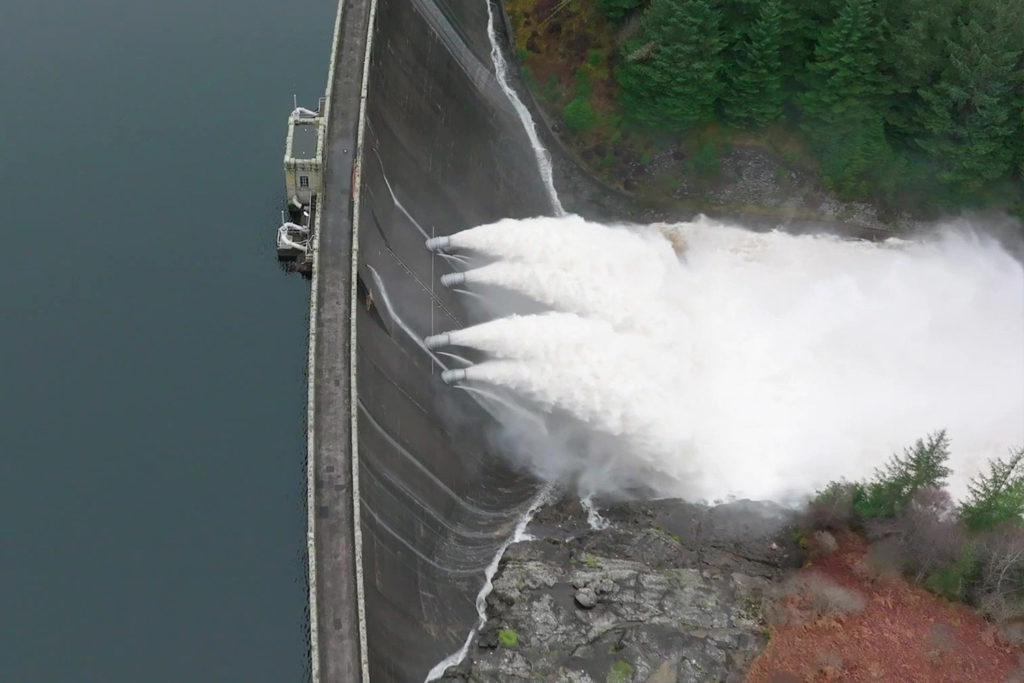
2. Precision Dredging Technologies (#PrecisionDredging, #EcoFriendlyDredging)
Geodyn Solutions employs advanced navigation and monitoring systems to enhance the precision of dredging operations. These technologies allow for targeted dredging, reducing unnecessary disruption of aquatic ecosystems and minimizing sediment plumes that can cloud waterways and harm marine life. Precision dredging represents a significant step forward in making dredging activities more environmentally friendly.
3. Sediment Treatment and Reuse (#SedimentReuse, #SustainableDredging)
Transforming dredged material into a resource is another area where Geodyn Solutions shines. Through innovative sediment treatment processes, dredged material is cleaned and repurposed for land reclamation, construction materials, or habitat restoration projects. This approach not only reduces the environmental impact of disposing of dredged material but also contributes to circular economy principles by turning waste into valuable resources.
4. Remote and Autonomous Dredging Operations (#AutonomousDredging, #RemoteDredging)
The introduction of remote and autonomous dredging operations marks a leap forward in operational efficiency and safety. These technologies reduce the need for human intervention, lowering the risk of accidents and enabling dredging in hazardous or hard-to-reach areas. Furthermore, autonomous systems can optimize dredging patterns in real-time, based on environmental and operational data, ensuring minimal ecological disturbance.
The Impact of Cutting-Edge Dredging
The benefits of these innovative dredging technologies are multifaceted. Environmentally, they offer a pathway to drastically reduce the ecological footprint of dredging operations. Economically, they promise increased efficiency and cost-effectiveness by optimizing operations and extending the lifespan of dredging equipment. Socially, they contribute to healthier waterways and ecosystems, enhancing quality of life and biodiversity.
Future Directions and Challenges
As promising as these technologies are, their adoption is not without challenges. High initial costs, regulatory hurdles, and the need for skilled operators are significant barriers. However, as environmental regulations become stricter and public demand for sustainable practices grows, the momentum for adopting these technologies is likely to increase.
Geodyn Solutions is not just innovating for the present but is also actively engaged in research and development for future dredging technologies. Continuous improvement in energy efficiency, automation, and sediment management is expected to drive the dredging sector towards even greener horizons.
Conclusion
The cutting-edge dredging technologies developed by Geodyn Solutions represent a significant leap toward sustainable management of waterways. By prioritizing environmental protection, operational efficiency, and safety, these innovations set new standards for the dredging industry. As we move forward, the challenge will be to continue this trajectory of innovation, ensuring that dredging activities contribute positively to both our economy and our environment.
The pioneering work of Geodyn Solutions in this field is not just about technological advancement; it’s about reimagining our relationship with the natural world. By harnessing the power of technology, we can ensure that our waterways continue to thrive for generations to come.
#SustainableDredging
#EcoFriendlyDredging
#ElectricDredgers
#HybridDredging
#PrecisionDredging
#SedimentReuse
#CircularEconomy
#AutonomousDredging
#InnovativeDredging
#GeodynSolutions

